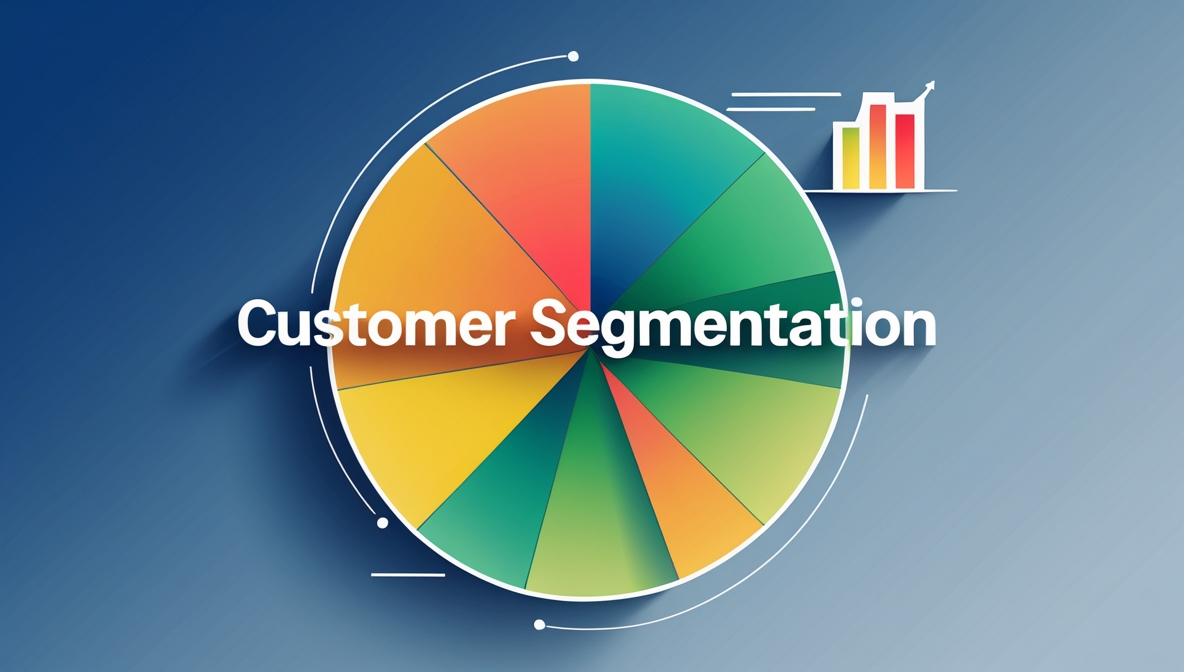Effective customer segmentation turns broad audiences into defined groups based on shared characteristics. When done correctly, it sharpens marketing efforts, improves engagement, and drives higher returns. Businesses that segment customers based on meaningful data see better conversion rates, increased loyalty, and optimized ad spend.
A one-size-fits-all approach wastes resources. Targeting the right audience with relevant messaging ensures marketing dollars deliver measurable results. The following best practices help refine segmentation strategies for stronger ROI.
1. Define Clear Objectives
Before segmenting, establish what success looks like. Are you increasing customer retention, boosting average order value, or improving lead conversion? Without a defined goal, segmentation risks being too broad or misaligned with business priorities.
Key considerations:
- What problem are you solving with segmentation?
- How will you measure success?
- Which key performance indicators (KPIs) will track progress?
A focused approach ensures that segments align with business outcomes rather than arbitrary data points.
2. Use Data That Matters
Not all data improves segmentation. The right variables depend on the product, industry, and audience.
Common segmentation criteria:
- Demographic: Age, gender, income, education, occupation
- Geographic: Country, city, climate, urban vs. rural
- Psychographic: Values, lifestyle, interests, personality
- Behavioral: Purchase history, browsing patterns, engagement level
- Technographic: Device usage, software preferences, digital behavior
Selecting meaningful data points sharpens targeting and improves marketing efficiency.
3. Prioritize Actionable Segments
A segment should be large enough to be profitable but specific enough to tailor messaging. Over-segmentation leads to complexity without added value, while broad segmentation dilutes effectiveness.
An ideal segment:
- Has clear, distinguishable traits
- Represents a profitable portion of the audience
- Responds to personalized marketing efforts
- Aligns with a specific business objective
Testing different segmentation models helps determine which provide the best return.
4. Apply Predictive Analytics
Machine learning and predictive analytics improve segmentation by identifying hidden patterns in customer behavior. These tools analyze past interactions to forecast future actions, helping businesses tailor outreach based on likelihood to convert, churn, or upsell.
Examples of predictive segmentation:
- Identifying high-value customers likely to upgrade services
- Detecting at-risk customers for proactive retention efforts
- Recommending products based on purchase history
Predictive insights allow for data-driven decision-making rather than relying solely on intuition.
5. Align Messaging with Segment Needs
Each segment has distinct motivations, pain points, and expectations. Customizing messaging ensures relevance and increases response rates.
Tailored messaging strategies:
- First-time buyers: Emphasize trust-building and incentives
- Loyal customers: Highlight exclusivity and rewards
- Price-sensitive shoppers: Promote discounts and value bundles
- High spenders: Focus on premium offerings and personalized service
A message that resonates with one group may not work for another. Testing different variations helps refine what drives engagement.
6. Optimize Channels for Each Segment
Different segments respond best to different marketing channels. Understanding where each group spends time ensures the right message reaches the right audience.
Channel preferences by segment:
- Younger audiences: Social media, influencer partnerships, short-form video
- Professionals: LinkedIn, email marketing, industry webinars
- Loyal customers: Personalized email campaigns, SMS notifications
- High-intent shoppers: Google Ads, retargeting campaigns, product recommendations
A multi-channel approach works best when messages are adapted for each platform.
7. Personalize at Scale
Automation and AI-driven tools allow businesses to personalize interactions without manual effort. Dynamic content adapts based on user behavior, creating a tailored experience for each segment.
Personalization techniques:
- Email campaigns with product recommendations based on past purchases
- Website content that adjusts based on visitor location or browsing history
- AI chatbots that provide relevant responses based on customer intent
The right tools help brands scale personalization without overwhelming marketing teams.
8. Test and Refine Regularly
Segmentation is not a one-time process. Customer behavior shifts due to trends, economic changes, and personal preferences. Continuous testing ensures that strategies remain effective.
Methods for ongoing optimization:
- A/B testing different segment criteria and messaging
- Analyzing engagement metrics to refine audience definitions
- Reassessing data sources to maintain accuracy
- Incorporating feedback from customers to adjust approach
Frequent adjustments keep segmentation strategies aligned with evolving customer needs.
9. Avoid Common Pitfalls
Even well-planned segmentation efforts can fail if key mistakes are made.
Mistakes to watch for:
- Overcomplicating segments – Too many categories lead to inefficiency
- Ignoring cross-segment behavior – Customers may fit multiple segments
- Failing to act on insights – Data alone doesn’t drive results without execution
- Relying only on historical data – Past behavior doesn’t always predict future actions
A balance between precision and practicality ensures segmentation delivers results.
10. Measure ROI Effectively
Tracking performance ensures segmentation efforts contribute to profitability. Regular reporting highlights what works and what needs adjustment.
Key metrics to monitor:
- Customer acquisition cost (CAC): How much is spent to acquire customers in each segment?
- Customer lifetime value (CLV): Which segments bring the highest long-term revenue?
- Conversion rates: How well do campaigns perform for different segments?
- Engagement rates: Which segments respond best to messaging?
Data-driven evaluation allows for continuous improvement and stronger returns.
Final Thoughts
Effective segmentation sharpens marketing efforts, increases efficiency, and maximizes profitability. Businesses that refine their approach based on real data, predictive insights, and continuous testing see the strongest returns. A well-executed segmentation strategy turns insights into action, ensuring marketing investments drive tangible business growth.

No Responses